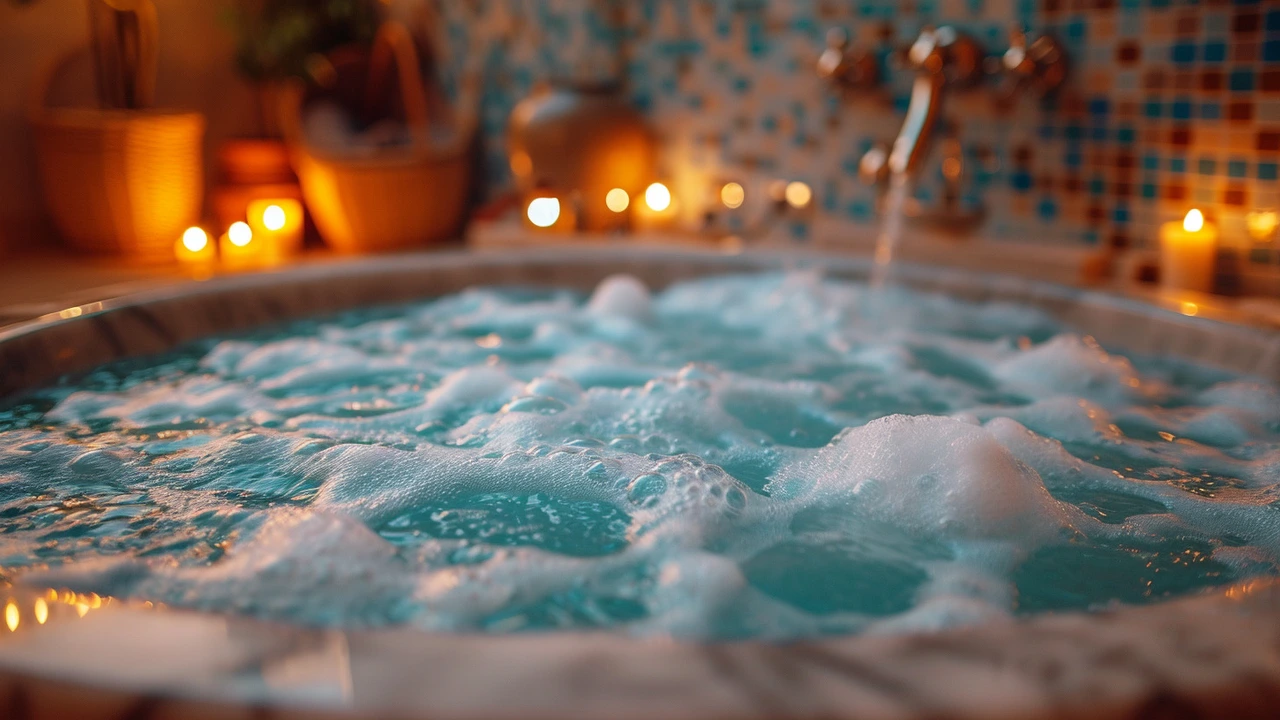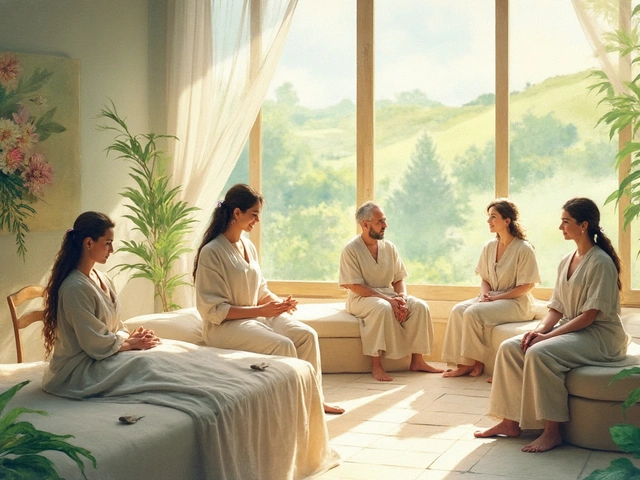Hammam: How a Turkish Steam Bath Helps Your Body and Mind
Think a steam room is just hot air? The hammam is a ritual built around heat, steam, cleansing, and slow restoration — and it does more than make you sweat. People use hammams to clear skin, ease muscle tension, improve circulation, and reset their nervous system. If you want a practical way to relax, speed recovery after training, or simply feel cleaner and calmer, a simple hammam routine can deliver fast results.
Why try a hammam?
Steam opens pores and loosens dead skin, so exfoliation works better. Heat raises skin temperature and blood flow, which helps loosen tight muscles and speeds recovery — similar to a warm-up before exercise or a post-workout massage. The warm, humid air also soothes airways and helps you breathe easier for a short while. Finally, the slow pace of a hammam encourages deep breathing and lowers stress hormones, so you come out calmer and clearer-headed.
Quick hammam routine you can follow
Use this step-by-step plan whether you’re at a traditional hammam, a spa, or making a mini-version at home with a hot shower and sauna-like steam. Times are flexible — listen to your body.
1) Rinse and warm up (3–5 minutes): Take a quick warm shower to remove surface dirt and start raising skin temperature. Breathe slowly to settle in.
2) Steam session (8–12 minutes): Move into the steam area and sit or recline. Keep sessions short at first. Focus on slow, deep breaths; that helps the nervous system switch off.
3) Exfoliate (5–10 minutes): After steaming, a gentle scrub removes dead skin. Use a soft mitt or a traditional kese. Be thorough but don’t scrub raw skin.
4) Soap and rinse (3–5 minutes): Use a mild, natural soap to cleanse. Rinse with warm water, then a cooler rinse if available — that contrast can wake up circulation.
5) Rest and hydrate (10–20 minutes): Lie down, sip water, and let your heart rate settle. Avoid intense activity for at least 30 minutes after a full hammam session.
Combine hammam with a short massage or breathing practice for extra benefit. A focused sports massage or gentle myofascial release after the steam helps free tight areas faster. Add a drop of lavender oil to a cool towel for calming scent, but avoid applying essential oils directly inside the steam where heat can irritate skin or lungs.
Safety tips: don’t stay too long in steam, avoid hammams if you have uncontrolled high blood pressure, recent heart issues, certain skin conditions, or if you’re pregnant without doctor approval. Always hydrate before and after. If you feel dizzy, sit down and cool off immediately.
Want a low-effort win for your recovery and mood? Try one short hammam session, pair it with slow breathing, and see how your body responds. Small, regular sessions beat occasional extremes — aim for what feels steady and restorative for you.

10 Things You Didn't Know About Hammam
Ever wondered about Hammam and its secrets? Well, tag along with me as I explore 10 things you didn't know about this incredible Middle Eastern tradition. From its rich history and health benefits to the mystique behind its rituals, you'll be fascinated by what we'll uncover together. It's a journey into relaxation and wellness that you won't want to miss!

Hammam: A Journey to the Heart of Eastern Wellness
Hiya! Ready for a steamy adventure? Let's explore the world of Hammam, a cornerstone of Eastern wellness traditions. Draped in steam and history, Hammam or traditional bathing is not just a cleansing ritual, but a journey to rejuvenating body and soul. Step into a world that beautifully blends relaxation, luxury and wellness traditions that date back centuries. Join me as we dive deep into the heart of Eastern wellness!

Healing Touch: A Game Changer in Holistic Health
Apr, 11 2025

Gastro Health: The Unseen Hero of Our Body
Oct, 5 2023


